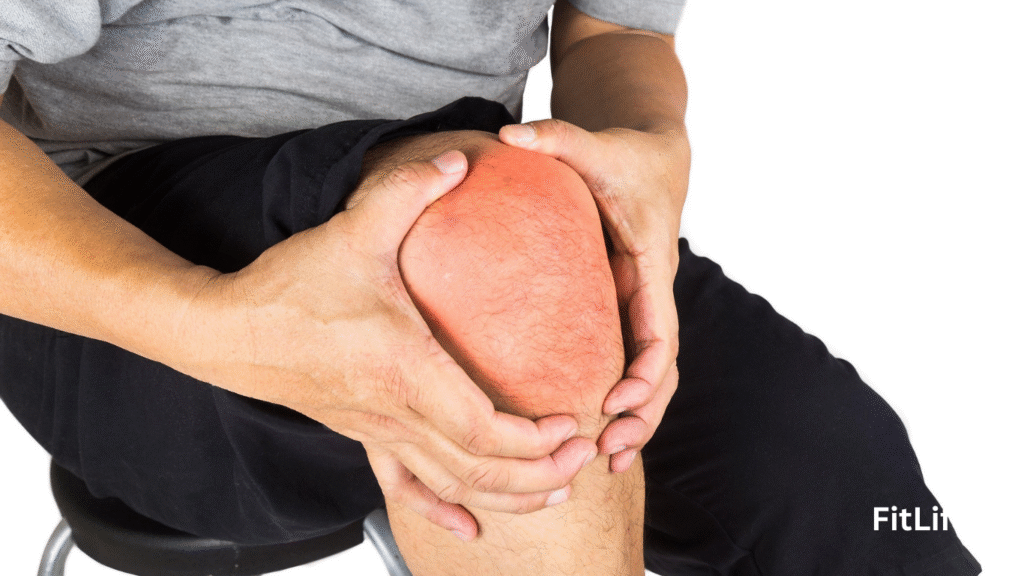A Comprehensive Guide to Optimal Health and Recovery
Hello, my name is Muhammad Shakeel, and I have been crafting informative articles for over five years. I am thrilled to share my insights into the world of physical therapy—a field that is as fascinating as it is essential for those striving for optimal health and recovery. For more details about fitness, health, and lifestyle, feel free to explore my website [FitLifez](https://fitlifez.com/).
Understanding Physical Therapy
Physical therapy is a branch of rehabilitative health that uses specially designed exercises and equipment to help patients regain or improve their physical abilities. It is often used to treat individuals recovering from injuries, surgeries, or chronic conditions. Physical therapy aims to ease pain, improve function, and promote overall wellness.
The Scope of Physical Therapy
1. Rehabilitation: Physical therapy is crucial in aiding recovery from surgeries, sports injuries, and other medical conditions that impair mobility.
2. Pain Management: Therapists use various techniques to relieve chronic pain, such as manual therapy, exercises, and modalities like ultrasound and electrical stimulation.
3. Prevention: Many therapists focus on preventing injuries by developing fitness programs tailored to enhance strength, flexibility, and balance.
4. Management of Chronic Conditions: For individuals with conditions such as arthritis or Parkinson’s disease, physical therapy provides strategies to manage symptoms and maintain quality of life.
Key Components of Physical Therapy

Assessment and Diagnosis
Physical therapists begin with a comprehensive assessment to understand the patient’s condition. This involves:
Medical History Review: Understanding past injuries, surgeries, and any existing medical conditions.
Physical Examination: Evaluating physical capabilities, such as strength, balance, flexibility, and range of motion.
Goal Setting: Collaborating with the patient to set realistic and achievable rehabilitation goals.
Treatment Plans
Once the assessment is complete, therapists devise personalized treatment plans which may include:
1. Therapeutic Exercises: These are designed to improve strength, flexibility, and endurance, thereby enhancing overall physical function.
2. Manual Therapy: This involves hands-on techniques to mobilize tissues and improve mobility.
3. **Education**: Teaching patients about their condition and the importance of adhering to prescribed exercises to prevent further injury.
4. Modalities: Use of heat, cold, ultrasound, or electrical stimulation to reduce pain and accelerate healing.
Rehabilitation and Maintenance
The rehabilitation process can vary significantly based on the individual’s condition and goals. For some, it might be a short-term process; for others, it could require ongoing maintenance therapy to manage chronic conditions.
The Benefits of Physical Therapy
Physical therapy offers numerous benefits, including:
Pain Reduction: Effective in managing pain without the need for opioids or surgery.
Improved Mobility: Helps restore movement and functionality, critical for independence.
Avoidance of Surgery: In some cases, therapy can eliminate the need for surgical intervention altogether.
Enhanced Recovery: Accelerates recovery from injuries and surgical procedures.
Improved Balance and Coordination: Reduces the risk of falls and injuries, especially in older adults.
Choosing the Right Physical Therapist
Finding a skilled physical therapist is crucial for effective treatment. Consider the following:
Qualifications: Ensure the therapist is licensed and has the necessary credentials.
Experience: Look for therapists with experience in treating specific conditions or injuries similar to yours.
Reputation: Seek recommendations from healthcare providers or read reviews to gauge the therapist’s reputation.
Compatibility: Comfort with the therapist is essential for a successful therapeutic relationship.
The Role of Physical Therapy in Sports
Athletes often rely on physical therapy for both recovery and performance enhancement. Here’s how:
Injury Prevention: Customized training programs help athletes improve strength and flexibility, reducing injury risk.
Rehabilitation: Post-injury therapy focuses on restoring function and speeding up return to sport.
Performance Enhancement: Therapists work with athletes to optimize physical conditioning and improve performance metrics.
Case Study: ACL Rehabilitation
The anterior cruciate ligament (ACL) is a common injury among athletes. Physical therapy plays a pivotal role in ACL rehabilitation:
1. Initial Phase: Focuses on reducing swelling and regaining range of motion.
2. Strengthening Phase: Exercises to rebuild muscle strength and improve knee stability.
3. Functional Training: Involves sport-specific drills to ensure readiness to return to athletic activities.
Innovations in Physical Therapy
The field of physical therapy is constantly evolving, with new techniques and technologies enhancing treatment efficacy. Some notable innovations include:
Tele-rehabilitation
Tele-rehabilitation uses digital platforms to provide remote therapy services. It has become increasingly popular, offering flexibility and convenience for patients unable to attend in-person sessions.
Robotics and Exoskeletons
Robotic devices and exoskeletons are used to assist in rehabilitation, particularly for patients with severe mobility impairments. These devices can enhance motor learning and improve functional outcomes.
Virtual Reality (VR)
VR technology creates immersive environments that encourage engagement in therapeutic exercises, making rehab more interactive and enjoyable.
Artificial Intelligence (AI)
AI is being integrated into physical therapy to analyze data and personalize treatment plans, ensuring more precise and effective interventions.
The Future of Physical Therapy
The future of physical therapy looks promising, with advancements in technology and a growing emphasis on holistic health approaches. Here are some trends to watch:
Integrative Approaches: Combining physical therapy with complementary therapies like yoga or tai chi for a more comprehensive approach to health.
Focus on Mental Health: Recognizing the interconnectedness of physical and mental health, therapists are increasingly addressing psychological factors in treatment plans.
Personalized Medicine: Developing tailored therapies based on genetic, environmental, and lifestyle factors to optimize patient outcomes.
Conclusion
Physical therapy is an indispensable component of healthcare that offers significant benefits for individuals across all age groups. Whether recovering from an injury, managing a chronic condition, or seeking to enhance athletic performance, physical therapy provides the tools and support necessary for achieving optimal health and wellness.
For more insights on health, fitness, and lifestyle, visit my website, [FitLifez](https://fitlifez.com/), where I share comprehensive articles and resources to inspire you on your journey to a healthier life.
By integrating physical therapy into your health regimen, you can achieve remarkable improvements in your physical capabilities and overall quality of life. Embrace this transformative journey today!

